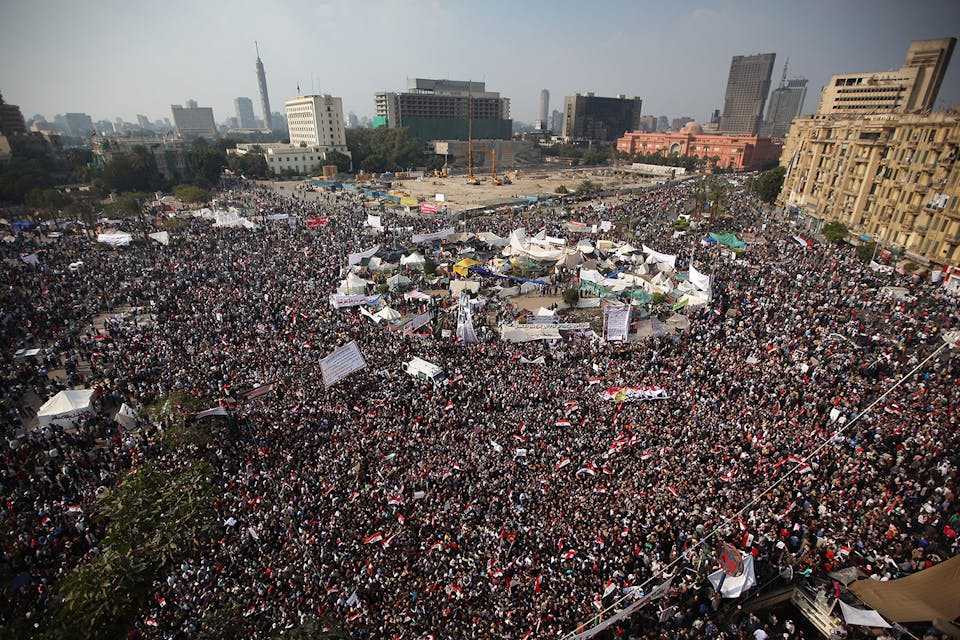
September 24, 2019
Seven Black Swans in the Middle East
From the Yom Kippur War to the Arab Spring, events considered impossible happen in the Middle East with unusual frequency. Here are seven; when will the eighth appear?
The subject of strategic surprise is a large one, and it has inspired a fair amount of theoretical literature. The following catalogue isn’t intended as a contribution to theory. It is the evidence behind my personal observation that, for as long as I have studied the Middle East, all of the profoundly formative events have been “black swans,” imagined or predicted by almost no one. For an expert, that’s humbling (or should be).
But, first, what is a black swan? For centuries, it was assumed in Europe that all swans were white. The phrase “black swan” was used as we would use “flying pig”: a metaphor for something that couldn’t exist. But then a 17th-century Dutch explorer observed a black swan in Australia. That single sighting demolished an assumption that had stood since time immemorial.
The concept of a black-swan event was popularized a few years ago in a bestselling book with that title. Its flamboyant author, Nassim Nicholas Taleb, argued that the most dramatic changes in politics, economics, and technology come out of the blue. A black-swan event, ran his definition, “lies outside the realm of regular expectations, because nothing in the past can convincingly point to its possibility” (my emphases).